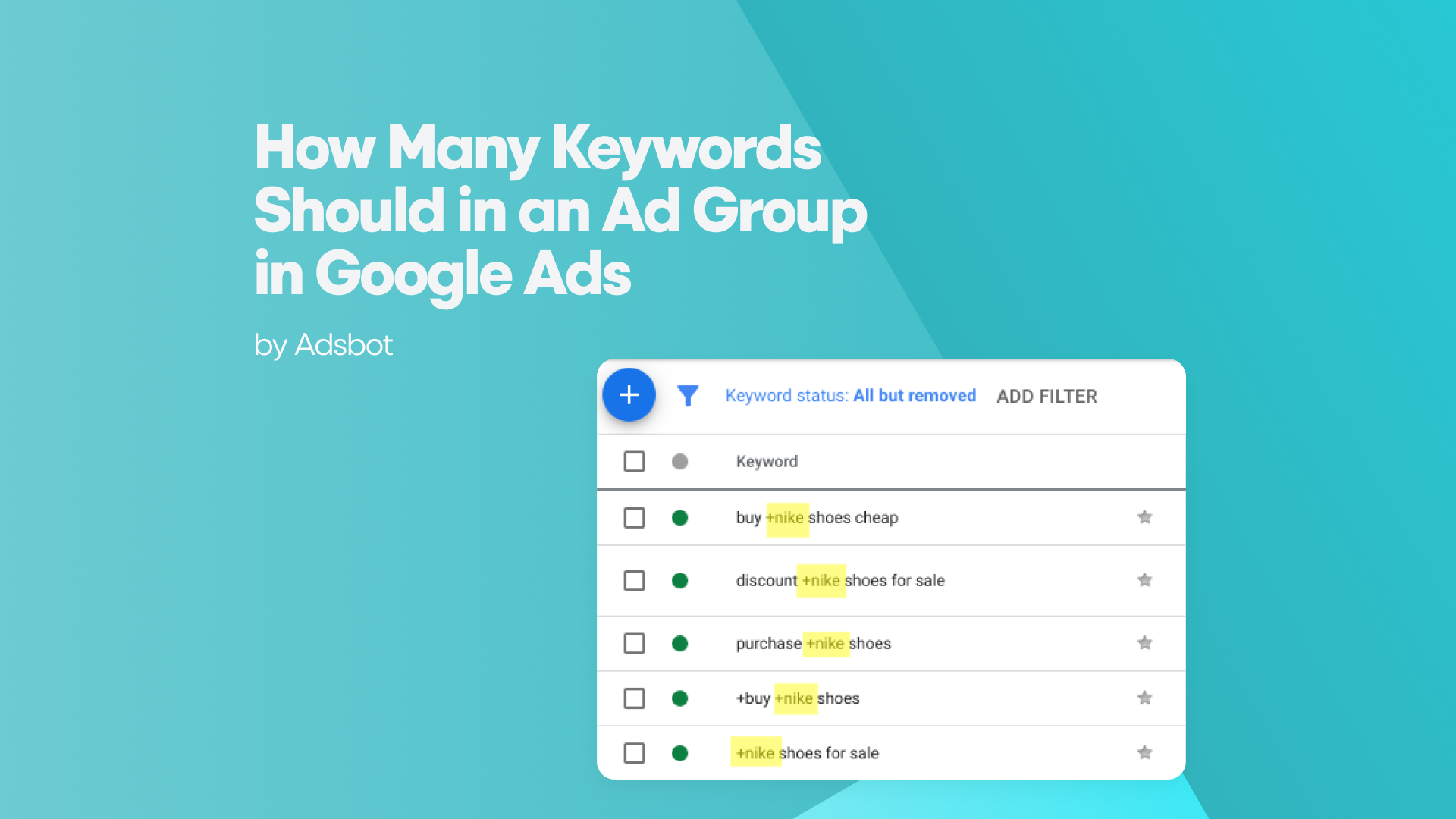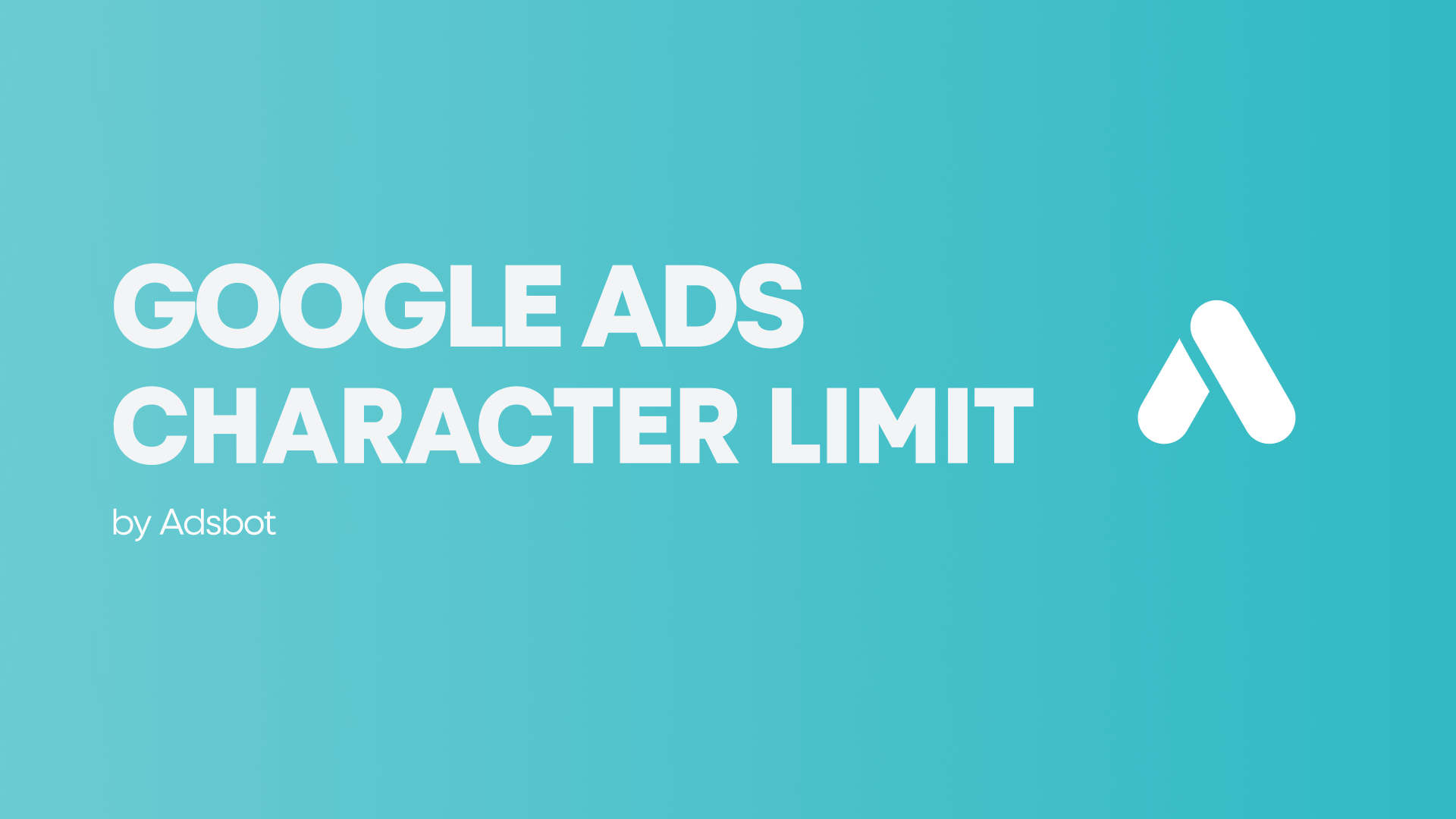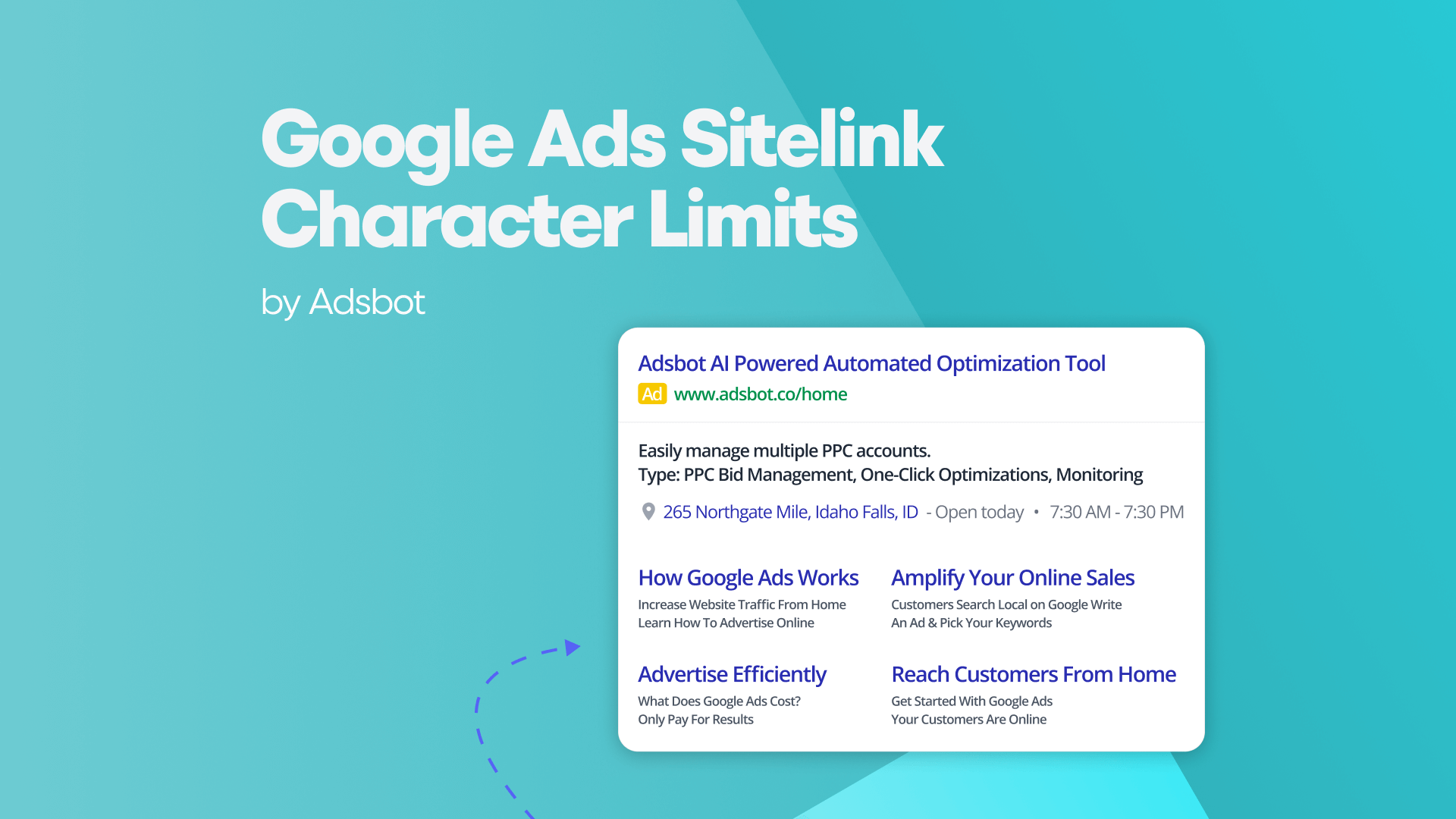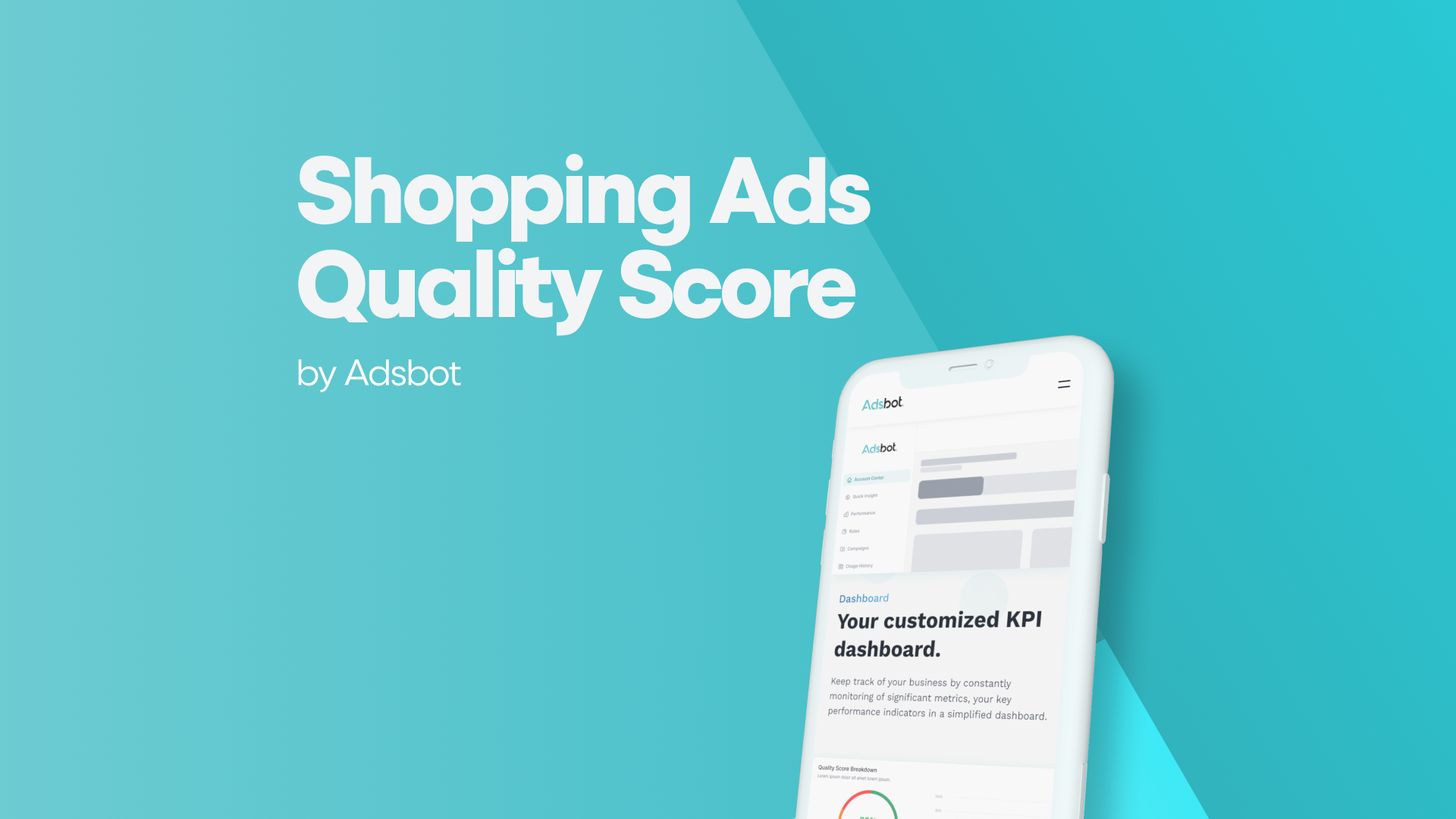The efficacy of your promotional endeavours utilising Google Shopping Ads is contingent upon a multitude of factors, among which the Shopping Ads Quality Score holds significance. The Shopping Ads Quality Score is a metric employed to assess the calibre and efficacy of your merchandise listings, akin to the more commonly recognised Google Ads Quality Score. The triumph and efficacy of your Google Shopping advertisements rely significantly on the Quality Score of your Shopping Ads, which can be enhanced through erudition and fine-tuning. The present discourse shall expound upon the Shopping Ads Quality Score, encompassing its definition, its whereabouts, its significance, and the means by which it may be enhanced.
What is Google Shopping Ads Quality Score?
One can enhance their Google Merchant Centre product data and listings by availing the assistance of the Google Shopping Ads Quality Score. Attaining a flawless rating, akin to the esteemed benchmark of the Google Ads Quality Score, would be deemed a perfect ten. The Quality Score encompasses various facets, including the meticulousness of your product data, the appropriateness of your titles and descriptions in relation to individuals’ search queries, and the efficacy of your previous listings. If the quality score of your Shopping Ads is elevated, your product listings will experience enhanced performance in Google Shopping auctions as well as in providing satisfactory responses to customer inquiries.
Where Can I See the Shopping Ads Quality Score?
Here’s how you may check your Quality Score for Shopping Ads:
- Go to your Google Account and click on the “Shopping” tab.
- Go to the “Products” tab and then the “Diagnostics” subheading on the left.
- Examine the diagnostics report’s “Quality” column. Each of your product listings’ Quality Scores will be shown here.
Is It Important to Have a High Shopping Ads Quality Score?
In order for your Google Shopping advertisements to achieve optimal performance, it is imperative that you possess a commendable Quality Score. The enhancement of your advertisement’s efficacy can be achieved through the diligent preservation of a commendable Quality Score. Initially, it has the potential to enhance the positioning and visibility of your advertisements in the Google Shopping search outcomes, thereby augmenting the likelihood of garnering clicks and facilitating sales transactions.
Furthermore, should your Quality Score exhibit commendable performance, it is plausible that a reduction in your cost per click (CPC) may ensue, thereby potentially augmenting your advertising return on investment (ROI). Furthermore, it is worth noting that Google has the potential to bestow upon your advertisements a distinct advantage by exhibiting a predilection for superlative product listings during its search auctions.
How to Improve Your Google Shopping Ads Quality Score?
If you want a higher Quality Score for your Google Shopping Ads, you should work to improve the relevancy and performance of your product data and listings. Methods to raise your Quality Score are listed below.
First, make sure the information you provide about your products is correct, current, and exhaustive. Make sure to fill out all of the necessary fields, such as product names, descriptions, prices, and availability.
Make sure to use high-quality photographs, as these have a direct effect on your Quality Score. Promote your wares using pictures that do a good job of conveying what they are and looking good doing it.
Third, be sure to include specific information about your products (brand, size, colour, etc.) in the names you give them so that they appear in searches for those terms.
Write compelling and informative product descriptions that highlight essential features and benefits, and then optimize them. Keep an eye on results and make tweaks as needed Review performance data frequently to spot laggard products and make changes to boost their exposure and relevance.
Your product listings’ success in Google Shopping auctions is heavily influenced by the Quality Score for your Google Shopping Ads. You can boost the exposure and performance of your Google Shopping campaigns by prioritising the accuracy of your product data, the usefulness of your titles and descriptions, and the quality of your photos. Keep an eye on your performance data and make adjustments as needed to ensure that your product listings are as relevant and effective as possible. The effectiveness of your Google Shopping ads and your ability to reach your advertising goals depend critically on your Shopping Ads Quality Score.
Popular Posts
-
 How Many Keywords Should in an Ad Group in Google Ads?
How Many Keywords Should in an Ad Group in Google Ads?Are you new to Google Ads and trying to figure…
Read more -
 Google Ads Script for Dummies: An Introduction
Google Ads Script for Dummies: An IntroductionImagine you have an e-commerce website that sells licensed superhero…
Read more -
 Google Ads Character Limits
Google Ads Character LimitsGoogle Ads has character limits for various elements of an…
Read more -
 Google Ads Sitelink Character Limits
Google Ads Sitelink Character LimitsAre you looking to maximize your Google Ads campaigns?…
Read more
Register for our Free 14-day Trial now!
No credit card required, cancel anytime.

